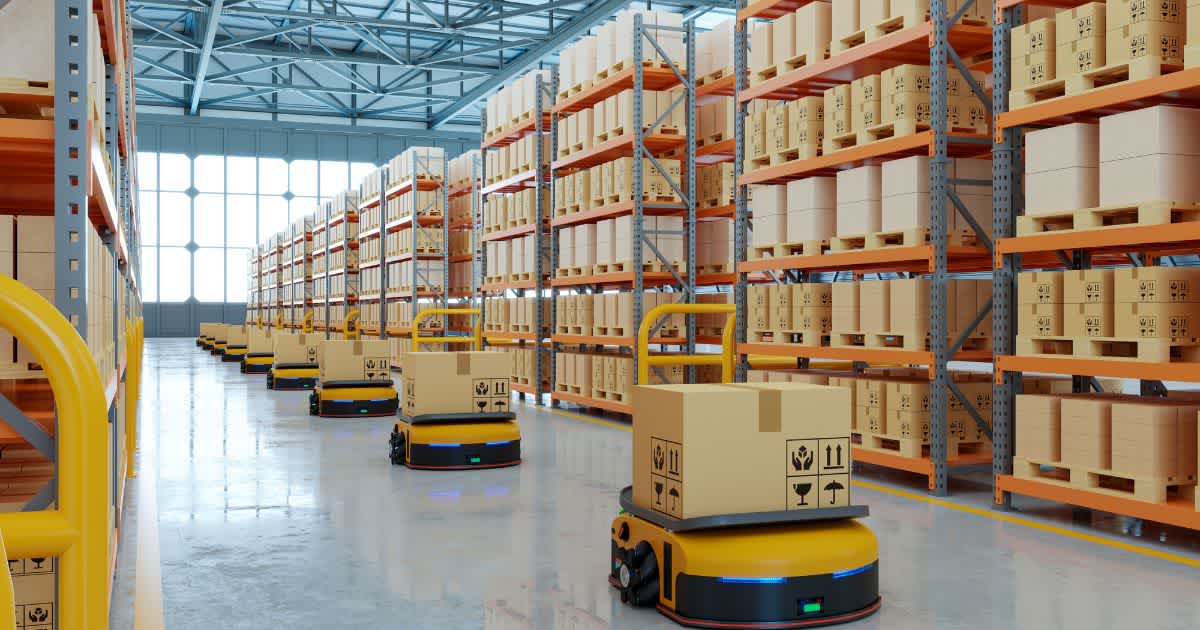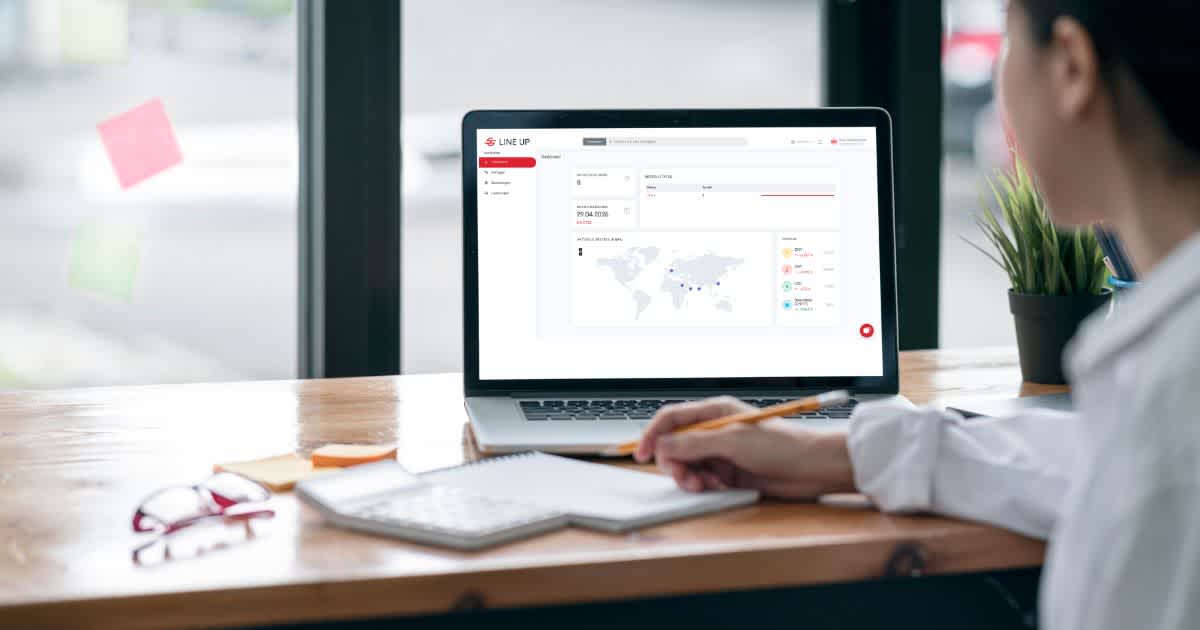E-procurement: Digitizing purchasing processes
Reading Time: 5 min.

Thanks to e-procurement, manual processes, paper documents and inefficient ordering procedures are a thing of the past. We reveal how you can digitize your purchasing processes and benefit from greater transparency, reduced costs and automated workflows.
What is e-procurement?
E-procurement refers to the electronic procurement of goods and services using digital solutions. It covers the entire purchasing process, from searching for suppliers to ordering and invoicing. The aim is to make a company's purchasing more efficient, transparent and error-free with the help of e-procurement systems.
7 advantages offered by digital procurement
1. time savings
Faster orders, automated approvals and seamless invoice processing speed up the entire purchasing process.
2. error minimization
Digital processes eliminate manual input errors and prevent duplicate orders.
3. optimized supplier relationships
Direct communication via digital platforms ensures efficient processes and stronger partnerships.
4. better planning
Real-time insights into order and warehouse data help to identify bottlenecks at an early stage and act strategically.
5. more sustainability
Paperless processes conserve resources and reduce the carbon footprint.
6. cost efficiency
Reduced administrative effort and better price negotiations through data-based decision-making processes lower procurement costs.
7. compliance and security
Automated inspection mechanisms help to efficiently comply with legal requirements and certifications.
Which e-procurement solutions are available?
E-procurement systems can differ depending on the operator and communication structure. Basically, they can be divided into closed, semi-open and open systems: Closed systems are limited to direct communication between two companies, for example in a fixed supplier-customer relationship. Semi-open systems are usually operated by larger retailers who provide their customers with a purchasing platform. Open systems go one step further: they enable an automated comparison of offers from different catalogs and are often part of electronic marketplaces.
There are also specialized variants such as supplier systems (sell-side systems) and procurement systems (buy-side systems). While in the sell-side model the supplier defines the order specifications and the system is integrated into the customer's enterprise resource planning (ERP), in the buy-side model the company itself controls the purchasing process and manages external catalogs.
Another form is electronic marketplaces, which function as many-to-many platforms. They bring suppliers and buyers together - usually for a user fee - and enable transparent, competitive procurement.
What e-procurement systems need to offer
Needs assessment and requirements management
Employees must recognize which products or services are required, request them, manage them and record them in a structured manner. E-procurement systems support this process by automating routine tasks, simplifying coordination between those involved and speeding up approval processes.
Supplier selection and management
Once requirements have been determined, the next step is to find and manage suitable suppliers. Digital procurement systems offer extensive databases that allow suppliers to be searched, compared and selected according to specific criteria. They also facilitate communication with existing and potential partners. Thanks to centralized, continuously updated data management, companies always have an overview of supplier evaluations and can make informed decisions.
Contract management and negotiations
E-procurement systems make it possible to store contract templates and conditions, which speeds up the conclusion of contracts and saves internal resources. In addition, digital negotiation and contract conclusion can minimize administrative effort and ensure a seamless workflow - from initial coordination to final signature.
Ordering processes and procurement
Digital e-procurement solutions also make it possible to send orders to suppliers directly from electronic catalogs or via purchasing platforms. This eliminates manual input errors, while systematically recorded order data ensures smooth procurement. In this way, required goods or services arrive without unnecessary delays.
Invoice and payment processing
With e-procurement software, invoices can be received digitally, checked and automatically transferred to the payment process. Companies benefit from reduced paperwork, simplified data capture and centralized payment processes. In addition, automated deadline monitoring ensures that payments are made on time and unnecessary reminder fees or delays are avoided.
Data analysis and optimization
Modern e-procurement systems record all transactions and enable detailed evaluations along the entire purchasing process. Comprehensive analyses can be used to identify optimization potential, improve processes and adjust purchasing strategies in a targeted manner. In addition, regular monitoring and reporting help to identify trends at an early stage and make strategic decisions based on reliable data.
How to digitalize your purchasing process
Switching to an e-procurement system and digitizing your purchasing process requires a well thought-out strategy. The following five steps will help you with the implementation.
1. analyze requirements
Which processes are time-consuming? Where do errors occur? A precise analysis is the first step towards digitizing procurement.
2. choose the right procurement software
Not every solution is suitable for every company. A good e-procurement system should be scalable and be able to be integrated into existing IT structures.
3. integration into the digital supply chain
To ensure that orders, supplier management and invoicing run smoothly, the system should be networked with existing ERP and supply chain software solutions.
4. train employees
As with any software integration, the success of e-procurement solutions also depends on user acceptance. Training can effectively help to make the changeover easier.
5. continuously optimize processes
Digital procurement generates valuable data that can be used to improve your own purchasing strategies in a targeted manner. For example, a supply chain dashboard can help you keep an eye on all relevant key figures.
E-sourcing with the Supply Chain Dashboard
A supply chain dashboard plays a central role in e-sourcing, as it makes all purchasing and logistics processes visible in real time. This provides companies with a data-based foundation for better decisions, optimized processes and greater supply chain resilience.
This is also where Line Up's Supply Chain Dashboard comes into play: it provides a comprehensive overview of all relevant procurement data and integrates seamlessly into existing e-procurement systems. This enables precise control and automation of purchasing processes and supports companies in managing procurement processes more efficiently, reducing costs and identifying risks at an early stage.
E-procurement: Digitize your purchasing process
The digitalization of procurement is not a trend, but a necessity. And e-procurement enables more efficient, cost-effective and transparent procurement processes. Do you want to digitize your supply chain, remain competitive and be able to adapt flexibly to market changes?
We can help you maximize the opportunities offered by e-procurement.
Newsletter Registration
Sign up now for our free Line Up newsletter and stay up to date.





